First Reads ...
~ Addressing Traffic Challenges and Enhancing Community Infrastructure in Sooke (Mayor Tait, June 6, 2024)
~ Statement on Charters Road Closure and Highway 14 Congestion (DOS, May 31)
~ Closure of Charters Road for Essential Upgrades (DOS, May 23)
~ MLA Report: Sooke Future Shines Bright With New Infrastructure Investments (Ravi Parmar, Sooke News Mirror, May 30, 2024). Our MLA confirms that Hwy 14 remains on the province's radar and that improvements/planning will continue in collaboration with the District.
Daily Traffic Reality Check ...
~ Highway 14 Camera at EMCS
~ Highway 14 Camera at Sooke Rd./Glinz Lake Road
Social Media
~ Sooke Traffic et al.
~ Sooke Rideshare/carpooling/car share (register to join, please; 474 members; just four posts in last month at a time it could/should be rocking)
Petitions
~ Petition: Immediate and Future Solutions to Traffic Congestion (launched June 8; 1,048 signatures as of June 13 - 1,623 on June 15; 2,123 on June 21)
~ Petition: Modify Route 61 Bus to Directly Connect Sooke and Downtown Victoria (launched Feb. 15; 1,256 signatures as of June 13)
News Coverage and Letters to the Editor
~ Unreal Traffic Congestion Generates Petition (Times Colonist, June 14)
~ Effective Solutions (CHEK News, June 12)
~ Petition Addresses Traffic Gridlock ‘Crisis’ In Sooke (Sooke News Mirror, June 11)
~ Bigger Sooke Is Still A One-Road Town (Shannon Moneo, Times Colonist, June 5)
~ Province to Unveil Improvement Plans (Citified, March 11)
~ Traffic Getting Worse on Sooke Road (Mike Strong, Black Press, Dec. 4, 2023)
~ Elephant In The Room Is Crawling Along Highway 14 (John Boquist, SNM, April 18, 2022)
~ Is Council Sucking or Blowing? (Shannon Moneo, SNM, May 17, 2021)
~ Highway 14 Expansion for Developers (E.B. Klassen, SNM, May 7, 2021)
Full Meal Deals from this Blog
~ Highway 14 Revisited: Congestion and Safety (updated: June 1, 2024)
~ Highway 14 Revisited: Four-Lane Opening Edition (July 22, 2022)
~ What's Next For Sooke's Evolving Road, Sidewalk and Roundabout Network (Jan. 20, 2021)
~ Highway 14 Revisited: Spring 2019 Edition (March 29, 2019)
~ Fresh Paint, Familiar Refrain for Sooke Road (Nov. 17, 2018)
Actions Required
Immediate
* MOTI and District staff collaboration under the Memorandum of Understanding guiding the two organizations (ongoing)
* Mayor Tait and Council seeks a fresh meeting with MOTI Minister Rob Fleming, his senior staff and MLA Parmar (requested) as follow-up to the April presentation by MOTI
* District works with Hazelwood Construction to find ways to accelerate project work, i.e. last week's news: "Rock Crusher Mobilizing Alongside Charters Road" (June 12 press release). This eliminates the need for x hundred dump trucks that would have been required to bring crushed rock to the site. (Daytime noise over the summer, it's true, but nothing compared to the multiple years endured by those in proximity of Viewpointe Estates.)
* Traffic light timings to be reset at Sooke River Road, Phillips and Church to encourage westbound afternoon flow. In addition, if required, use of flagger teams need be considered at one or more of these intersections.
* Prepare for a Sooke referendum to secure majority citizen approval to borrow x million dollars (upwards of $25m) to pair with future infrastructure grants and Development Cost Charges. This to complete phases seven, eight and nine of the connector route ASAP (i.e., Throup connection from Church roundabout to Phillips and Sooke Road). [Council has yet to begin formal discussion; Mayor Tait in a CFAX interview indicated a tax hike of approx. $200 per year would be required over the long lifespan of the loan.]
* Continued advocacy with BC Transit for more service hours and direct routing to Victoria. (I notice double-deckers are back on some Sooke routes, hopefully providing seats for those who must stand for much of the journey. Ridership is up 15% over the last year with the latest round of service increases.)
* Solutions proposed, and calls for action to be issued, by provincial election candidates in the immediate months ahead.
* District receipt of ideas brainstormed by a new committee formed by the Chamber of Commerce and the Sooke Builders Association (led by Keycorp Development’s Jim Hartshorne) + results of the Chamber’s Community Impact Traffic Survey
Big Picture
* Rethink, re-examine and clarify the short, medium and long-term Hwy 14 master plan, to be developed under the DOS/MOTI Memorandum of Understanding with full reference to Sooke and west-shore sections of the South Island Transportation Strategy (2020). [See pg. 82 onwards in its Technical Report #2. The Hwy 14 section with its two alternatives (costly and costlier) runs from pg. 108 to 112. The less expensive option calls for four lanes between Sooke River and Cooper's Cove. More details below.]
* Funding commitments for Hwy 14 in MOTI’s 10-year capital plan along with next phase decisions re: corridor improvements.
Key Actions to Be Prioritized and Funded
* Near-term completion of east-end of bypass route (as a municipal responsibility; other items are MOTI responsibilities.)
* Intersection improvements to align Sooke Road with the TMP bypass route, i.e. Phillips and Charters.
* Right turn-lane addition at junction of Church and Sooke Road.
* Remake of the Idlemore intersection with Sooke Rd. for safety, flow and to accommodate new land uses by the T'Sou-ke on the north side. Question: Will MOTI adhere to Sooke's roundabout-first policy for all major intersections?
* Shovel-ready design completed and funded for raised sidewalks and bike lanes in the town centre from ...
i) Phillips to Church (surveying this year in anticipation of intersection makeover at Charters/Sooke Rd.)
ii) Ed Macgregor Park to Whiffin Spit Rd. (survey/design completed in 2022/23)
* Reinvestigation of whether the shoulder east of the Prestige to Maple can be widened to better accommodate boat trailers OR whether no parking signs are required until the new sidewalk is built out. (The latter will create other impacts as boaters seek to park their trailers on neighbouring side streets if Jock's Dock is full.)
* Warning signalization at all crosswalks in the town centre and elsewhere on #14, Ed Macgregor Park included
* Pedestrian safety measures at John Muir Elementary and Saseenos Elementary; expansion of pull-over and drop-off areas at John Muir.
* Explore need for signalized crosswalks at Dover/Sooke Road, near Woodlands at Sooke Oceanside Brewery and at Maple/West Coast Road at Buffy’s.
* Improvements on the dangerous stretch (for drivers, pedestrians and cyclists) from Ella Road to Kemp Lake Road, crumbling road shoulders included.
* Investigation of whether the logging roads to Shawnigan are in good enough shape to serve as an emergency route. Malahat Segment Detour Route Planning (Nov. 2019; see full report) delivered a resounding 'no' to any possible escape routes on forestry roads through the Sooke Hills. See pages six and seven of the report for reasons why the seven best-possible options have been rejected. Much consideration was given to the second-best option -- 2A (aka the Far-West Alignment). It follows Butler Main out of Sooke, then uses Jordan Mainland Road in skirting to the west of the future Leech Water Supply Area. After that it connects with West Jordan Main, Kapoor Mainline and Renfrew Road before reaching Shawnigan Lake-Mill Bay Road.
Council Liaison with School District #62
* Renew the ongoing conversation with trustees about relocation of entrances/exits to schools on the highway. Of particular importance are improved roadside safety measures/solutions at John Muir and Saseenos Elementary. [As we all know, three elementary schools front the main road. Morning and especially afternoon drop-off/pick-up times contribute to congestion. Getting their entrances/exits moved off the road is a key talking point at MOU meetings between Council and SD #62 trustees. The top Milnes Landing priority for SD #62 is now a new-build Sooke Elementary to replace what is currently the oldest still-operating elementary school in BC. The plan is to locate the school at the Country Road end of its expansive property. (This re-prioritization necessarily bumps the planned Sunriver Elementary into the 2030s; at that point, as I understand it, Saseenos Elementary students will relocate there and that school will close.]
Remedies: Unlocking Gridlock
- District of Sooke Transportation Master Plan Implementation website page
- Navigating the Sooke Commute - Moving Forward (February, 2024)
MOTI's budget only goes so far with communities our size at a time when the big bucks must necessarily be dedicated to this generation's transportation mega projects -- the Pattullo Bridge replacement in New Westminster ($1.4b), the Fraser River Tunnel project ($4.4 billion), Surrey Skytrain extension ($4b) and the Broadway Ave. subway system in Vancouver ($2.8b). Expecting the Ministry to find another $1b+ to build an alternate route for Sooke's small share of commuters given its mandate to serve all of BC's 3.8 million licensed drivers is unrealistic. But the MOU does commit both parties to systematic improvements over time.
An outright moratorium on new building permits is the seemingly most logical short-term solution, however landowners have the legal right to build according to the terms of the zoning bylaw. This said, it's important to reiterate that we have approx. 900 new housing units (more than two-thirds of them rentals) approved for construction or recently complete ... and at least 1,000 more in the pipeline. In Sooke, we align with the rest of the country in facing an affordability crisis, but arguably not a housing crisis unless we're talking about our need for more non-profit and cooperative housing.
Some combination of all of the following (in no particular order) is required to reduce traffic volume and/or improve flow while also reducing GHG emissions and creating a more complete, maybe even happier, community.
* Community Economic Development, i.e. more jobs in Sooke: The District's CED Strategy (2021) identifies an "Employment Lands Strategy" that would kickstart activity on Sooke's limited supply of commercial and industrial-zoned lands ~ much of it east of the Sooke River, dependent on sewer servicing and suitable for light industrial business parks and other commercial activities.
* Transit Ridership: BC Transit's Sooke Local Area Service Plan is underway with increased service into Langford and slow introduction of new neighbourhood routes. Continued growth of service hours will encourage mode shift, as will expansion of Blink RapidBus. Its dedicated bus lanes from Langford into the core are shaving significant time off rush-hour travel (as would that much-anticipated day when commuter rail service is available from Langford's West Hills station). A new phase of RapidBus lane expansion from the Hwy #1/Six Mile Road interchange to Atkins Road (near Thetis Lake Park) and Whale Road (at the JDF Recreation Centre) is set to begin later this year. See Westshore Line Rapid Bus Implementation Strategy (June 2023) + BC Transit documents progress on the overall system to date.
Sooke already has the highest per-capita bus ridership in the CRD. Cllr. Tony St-Pierre recently received council approval to approach the Victoria Regional Transit Commission with a request for a cost and benefit analysis into how a free-fare system on underperforming (read: mostly empty) local routes 63 and 64 would boost ridership. Local Heather Nelson has launched a petition calling for direct service into Victoria. She writes: “Currently, the commute between Sooke and downtown Victoria takes 1.5-2 hours due to having to go to Langford exchange and switch buses to the 95. This not only prolongs our travel time but also makes us dependent on the unpredictable waiting times at the exchange - sometimes as long as 40 minutes. The proposed change would reroute bus number 61 directly to downtown Victoria via Langford exchange without lessening people's access to Langford. This modification would reduce our commuting time by up to half an hour each way.” (1,249 signatures as of June).
Victoria Regional Transit System's 10-Year Vision (October, 2023) recognizes rapid population growth on the Westshore (+22% by 2038) and the need for additional service out our way. A “Sooke transit hub” on Wadams Way is listed among its short-term priorities. BC Transit is intending to add (given budget approval) 90,000 more service hours as per its 2023-2026 Service Expansion Plan + BC Transit Fare Strategy (Sept. 2023)
The Province is developing a Clean Transportation Action Plan (delayed, but due pre-election one would assume) that will address five goals: reducing vehicle kilometers traveled (VKT) 25% by 2030; shifting to more efficient modes; increasing vehicle efficiency; transitioning the market to zero-emission vehicles; and cleaner fuels. See UBCM PDF. (BC’s missing-middle housing legislation inviting density where water and sewer services exist is strongly aligned with GHG emission and VKT reduction objectives.) For more on "traffic evaporation" strategies, see this recent Plan Canada article written by Greater Victoria Acting Together's Eric Doherty.
* Telecommuting: Both the pending OCP (Action #8) and the Climate Action Plan call for dedicated telecommunicating office space in town as a proven means to reduce traffic. WorkLink has plans to build such a multi-storey space as it continues developing its Church Road property. Through the Climate Action Committee, the District wrote the Minister of Citizen Services in 2022 asking for a Sooke telecommuting hub for provincial government employees -- 237 of whom live in the District. Thanks for writing, came the reply, and we'll consider it.
* Synchronized Lights: There's a science to ensuring maximal flow in one direction or other based on rush-hour volumes. This is already in play on #14 and is continually reviewed, as I understand it. See MOTI Signal Design Manual (2019).
* TMP "Roundabouts First" Policy: Love 'em (as most do) or loathe 'em, the District has embedded this approach in its master planning. As the Ministry states, “roundabouts are the go-to design for improved safety and traffic flow.” A big question is whether MOTI will incorporate roundabouts into its future highway upgrades. This didn't happen at Sooke River Road circa 2018 given the cost of land expropriation, as MOTI reps told us at the EMCS open house that year. Staff have warned that a roundabout isn't possible at Charters Road given lack of available land, and that a traffic signal is required here halfway up the hill. Next question: Might a roundabout be possible at Phillips and Sooke Road in place of the current light? It would seem essential to handle traffic flowing on and off the highway when the connector route is completed.
* Carpooling: The District is exploring the possibility of a mobile app and collaboration with major employers (i.e., UVic, dockyards, CFB Esquimalt, Government of BC) to promote carpooling. Residents are encouraged to join the Facebook Sooke Carpool Group for ride-sharing opportunities. Behavioural change initiatives, carpooling included, are slated to be a significant part of the proposed new CRD Transportation Authority.
* Reducing Mishaps: Red-Light/Speed Cameras At High-Incident Intersections: A fender bender or worse can create long-lines of stalled traffic. Tailgating on recent motions by the CRD and other local governments, I brought forward a council-approved motion early this year to write the Province seeking admission into an expanded red-light and speed-camera program. We cited intersections with 20 or more "casualty" (involving injuries) and "property damage-only" incidents during ICBC's 2018-2022 reporting period. These are at the Sooke Road intersections of Otter Point, Church, Sooke River Road and, top of the list, Phillips, with 82 crashes. We'd be happy with one at least given the six-figure cost of the cameras. There are currently 140 such unblinking eyes operating in BC, but only two in Greater Victoria (Shelbourne/Hillside and Tillicum/Hwy #1). After decades of education about speeding and traffic accidents, the CRD Traffic Safety Commission now argues that enforcement is the best way to reduce incidents. As CRD Chair Colin Plant said the other month, "commit the crime, pay the fine" resonates with most people (a recent Mario Canseco survey shows 70%+ public support for the cameras.)
Latest Highway 14 Study
South Island Transportation Strategy (2020) -- pg. 82 onwards in its Technical Report #2. The Hwy 14 section runs from pg. 108 to 112. It states that the following work would be possible on Hwy 14 given necessary will and budgets:
"* 3.8 km of urban widening (4 lanes + 1 median lane including curb and sidewalk) from Sooke to the Galloping Goose Regional Trail crossing.
* 12.2 km of rural widening with median barrier from the Galloping Goose Regional Trail crossing to Westshore Parkway. In sections where Highway 14 is already 4 lanes wide, the scope includes widening the road further to accommodate median barrier.
* Replacement of the existing bridge at Veitch Creek.
* Inter-Modal Nodes expanded and provided for connections to public transportation through park-and-rides, active transportation facilities, full width shoulders and electric vehicle charging stations for public transportation passengers."
This is recommended under Alternative A with its $419m (in deflated 2020 dollars) project costs.
Alternative B, an entirely new, more direct route running from Sooke River Road and inching into the Sea to Sea and Sooke Hills regional parks before reconnecting with the Sookehalla at Humpback Road, would cost $919m given the bridges (seven) and significant rock cuts required.
Its conclusion: "The widening and realignment would address mobility and reliability challenges. Considering the limited change in vehicle-km, there are no reductions to GHGs expected. Emphasis has been placed on the Highway 14 widening option as the impacts and costs of the bypass option are significant."
Foretold and Forewarned
Highway 14's limitations have long been recognized. An Urban Systems "Highway 14 Corridor Study" released in Dec. 2008 begins its conclusions thus: "The capacity of the existing two-lane Highway 14 corridor is being reached and will continue to degrade with increased traffic volume associated with continued growth and development in the District of Sooke." The study rules out four-lane expansion and alternate routes as too costly while recommending incremental and piecemeal upgrades of the kind MOTI has consistently delivered over the last 15 years.
Trending: Too Much, Too Fast
"I Live In Hell: Anti-Growth Fervor Grips US South" (Bloomberg Business Network, June 18, 2024) <clip> "While not-in-my-backyard activists have long fought new developments, local officials and business groups across the South say they’ve seen a heightened level of anger since the pandemic-era growth ... In some cases, the backlash stems from people mourning the loss of a small-town way of life. In others, public infrastructure simply can’t keep up. In Texas, city water and wastewater systems are over-stressed, while farm bureaus in Tennessee and South Carolina warn their agricultural land is being plowed over for subdivisions."
World Population Clock: 8,116,558,001 (as of 10:07 AM, June 18)
Canadian Population: “How We Got to 41 Million” (Macleans Magazine, July, 2024)
A closing two words, quoted here for my own personal reference and use, from the late author Douglas Adams:
"Don't Panic."


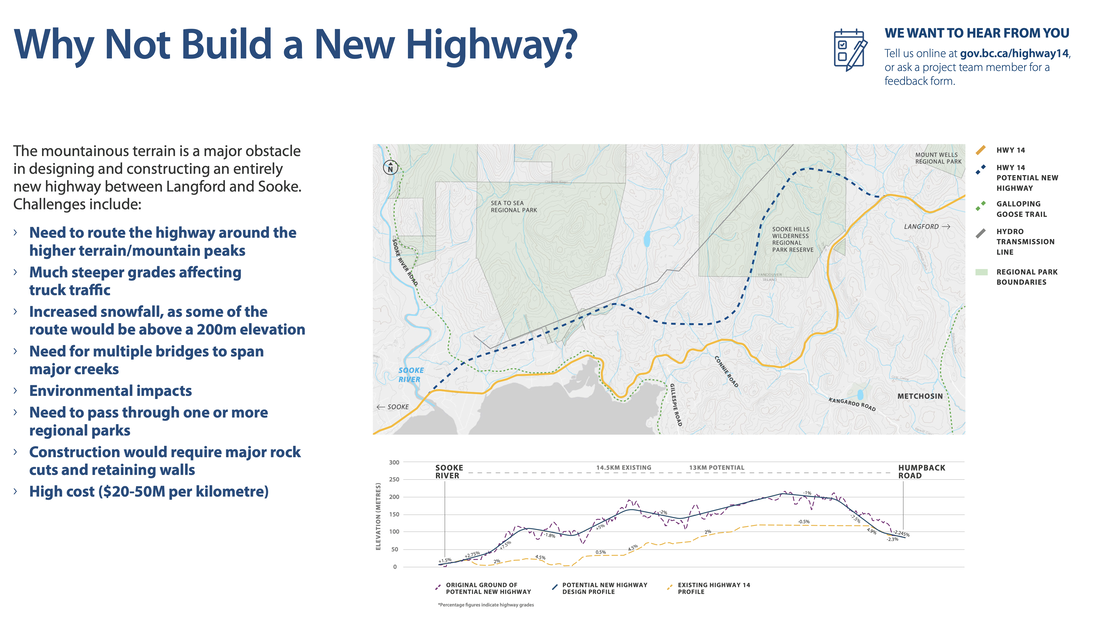
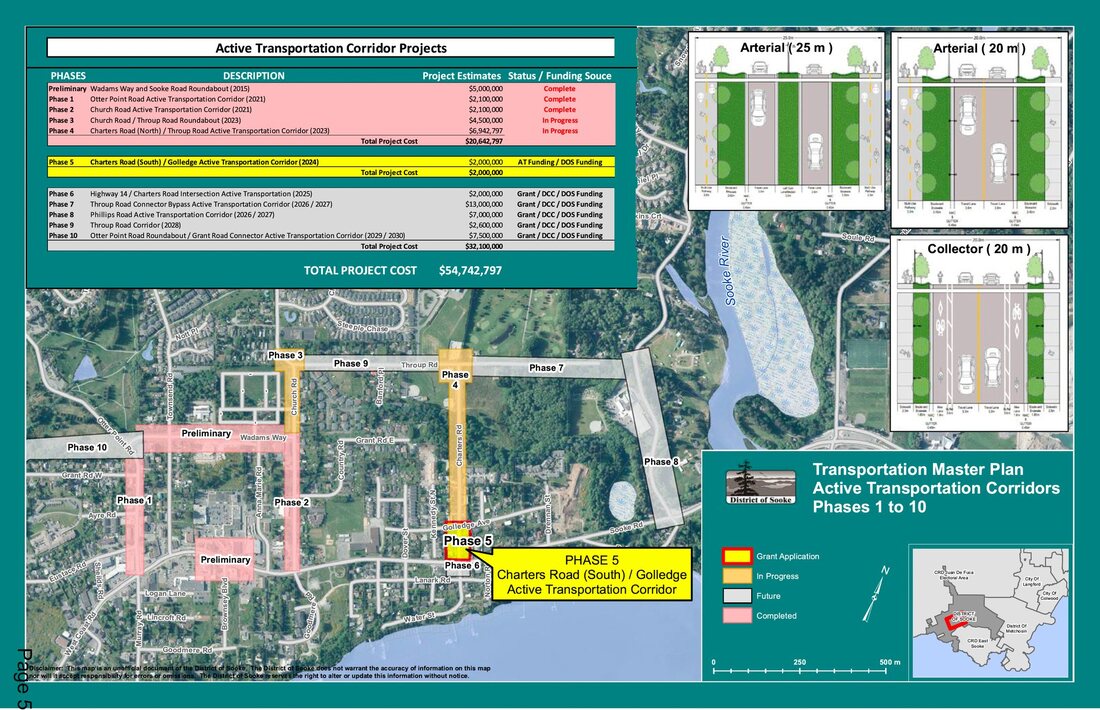
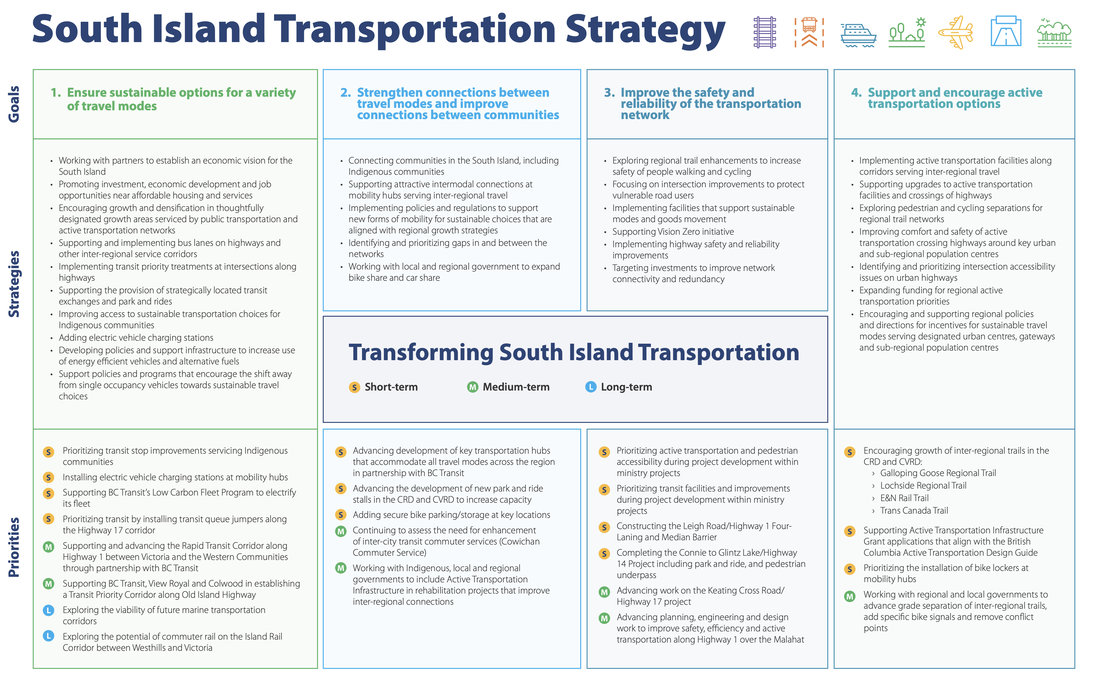



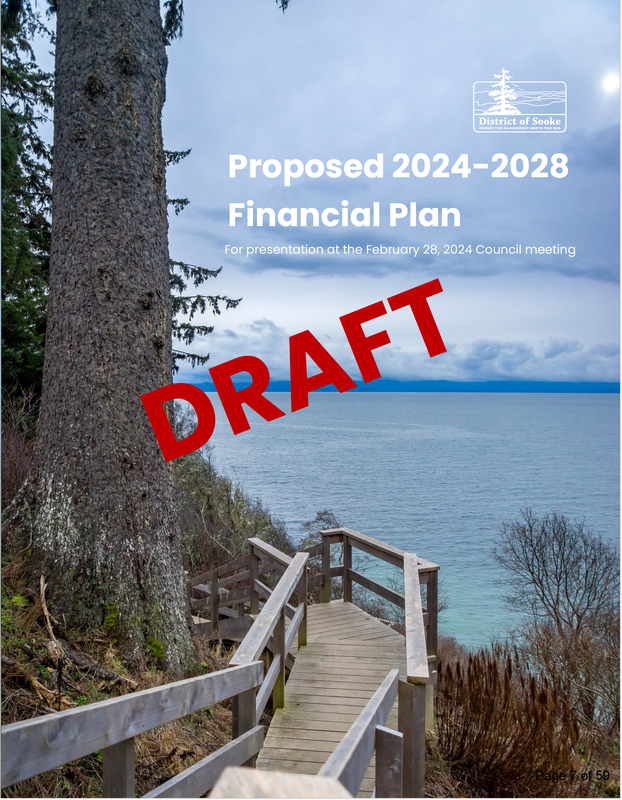
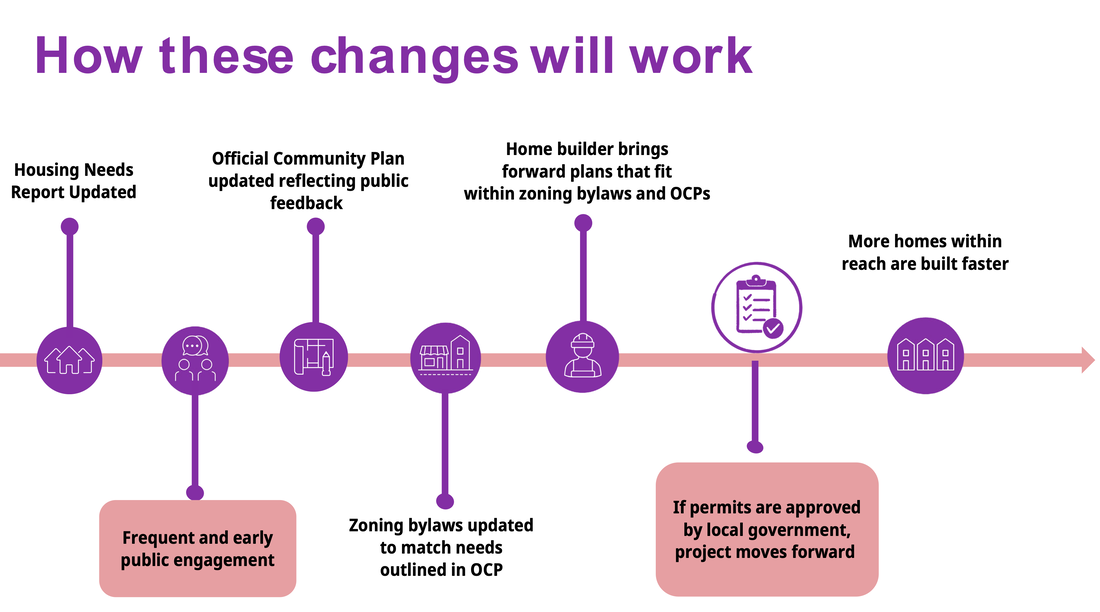
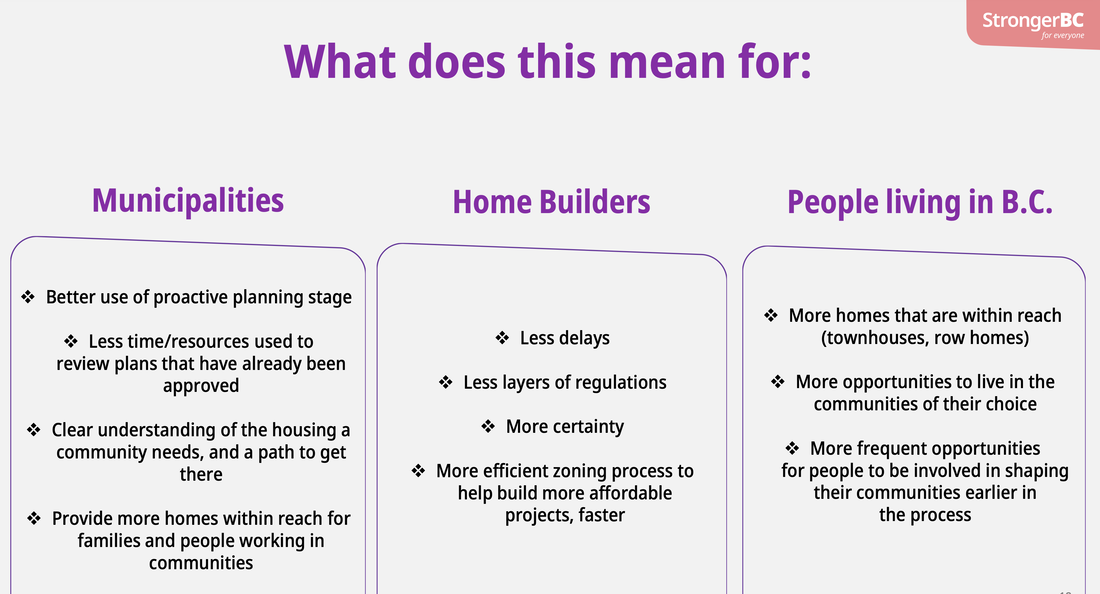

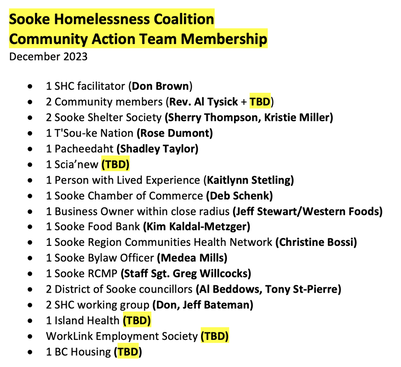
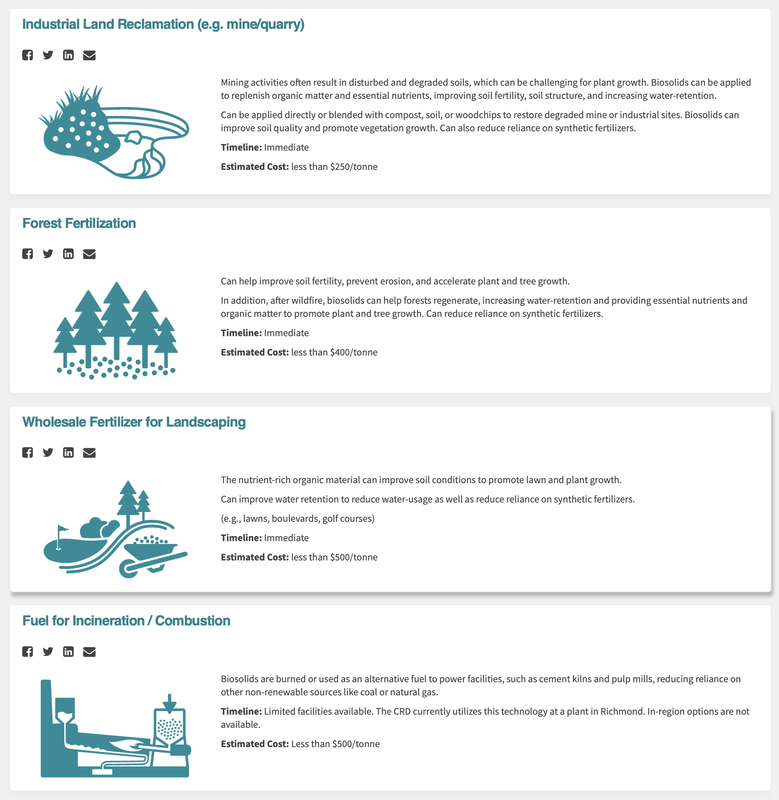
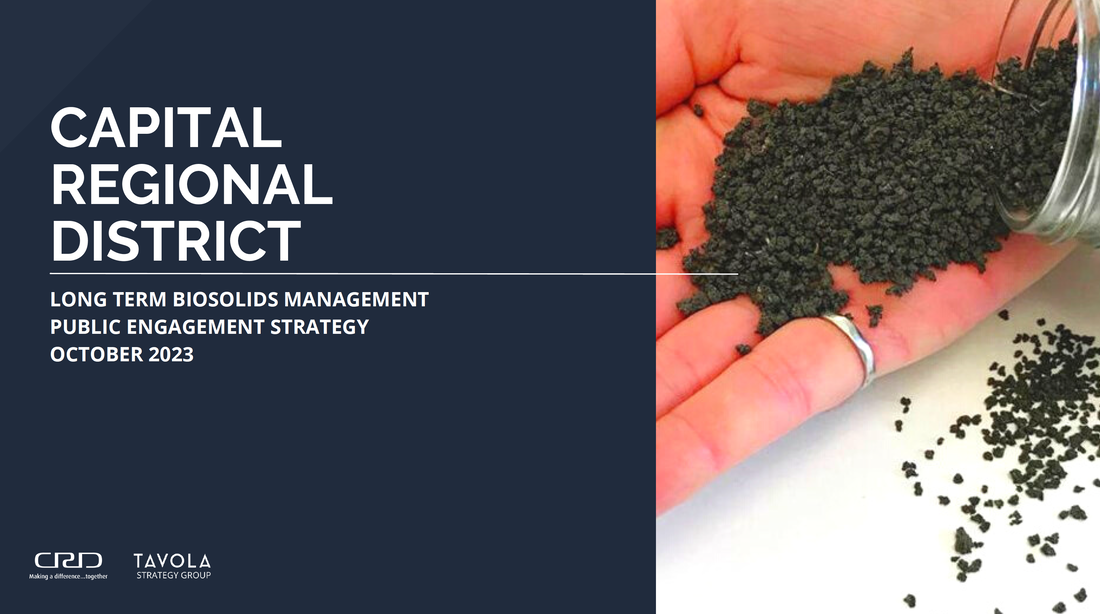


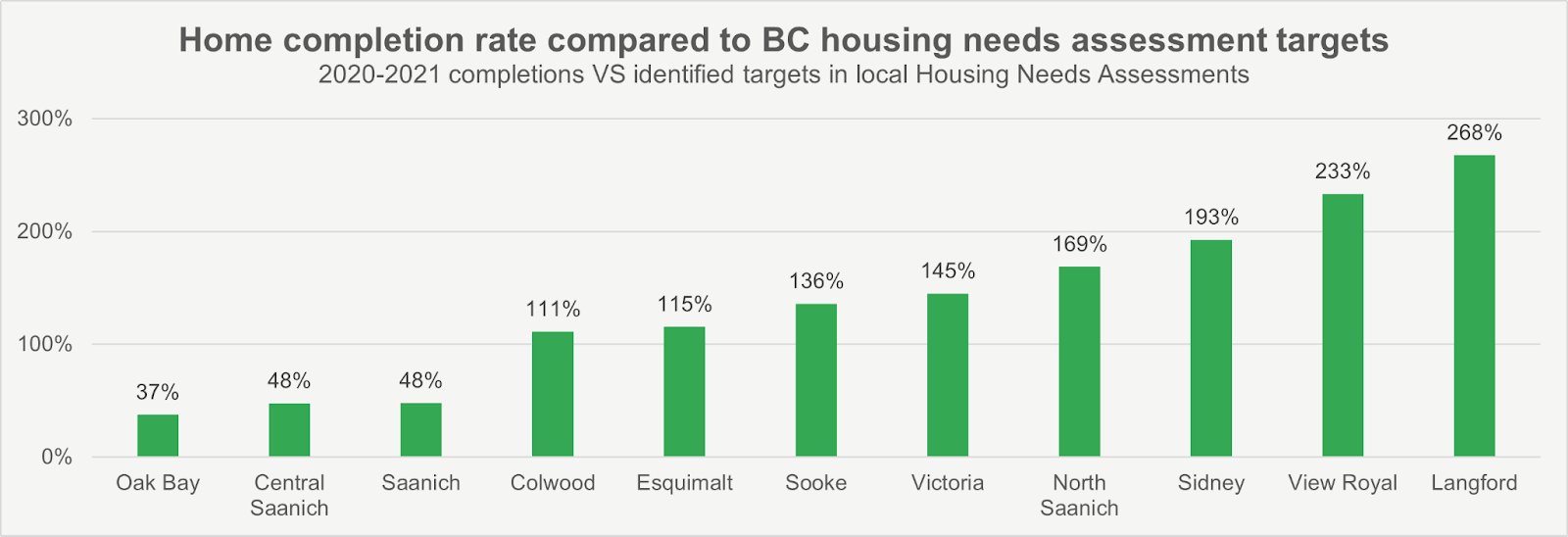
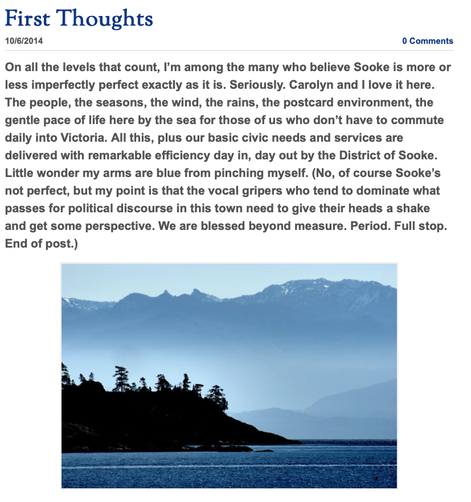
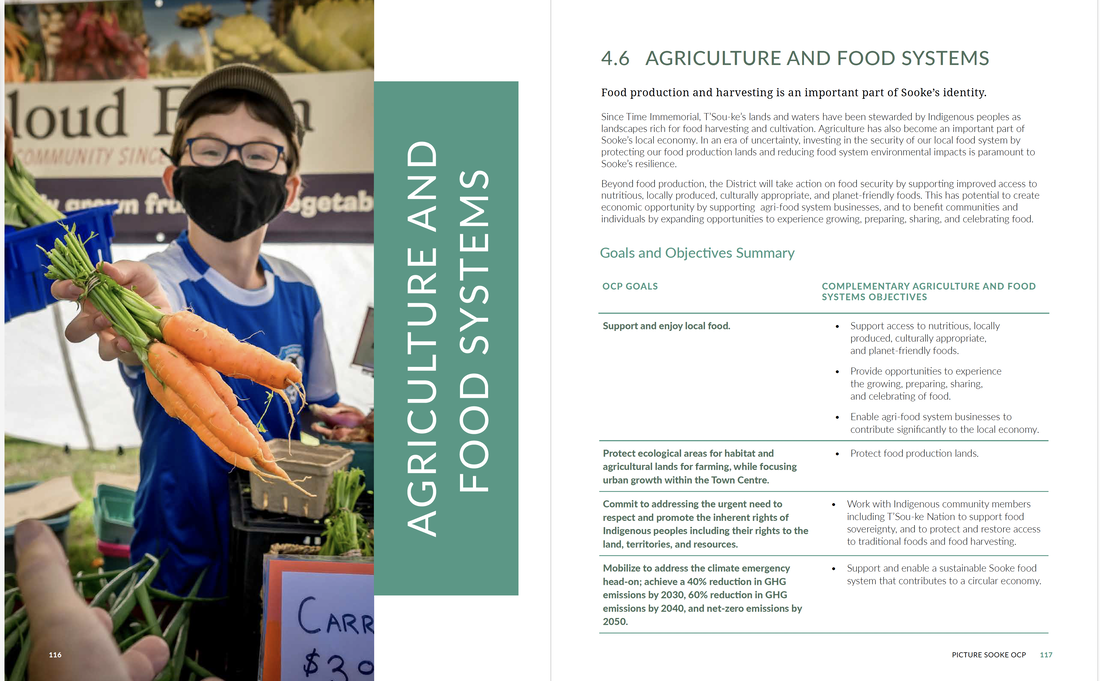
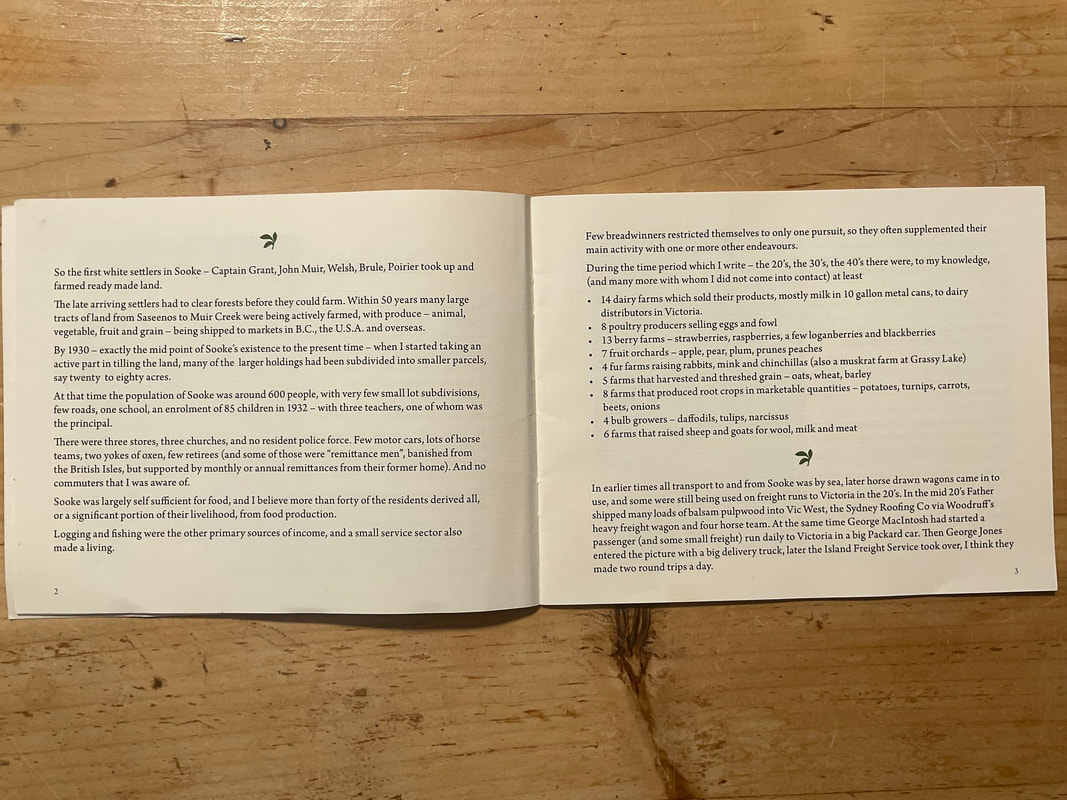
 RSS Feed
RSS Feed